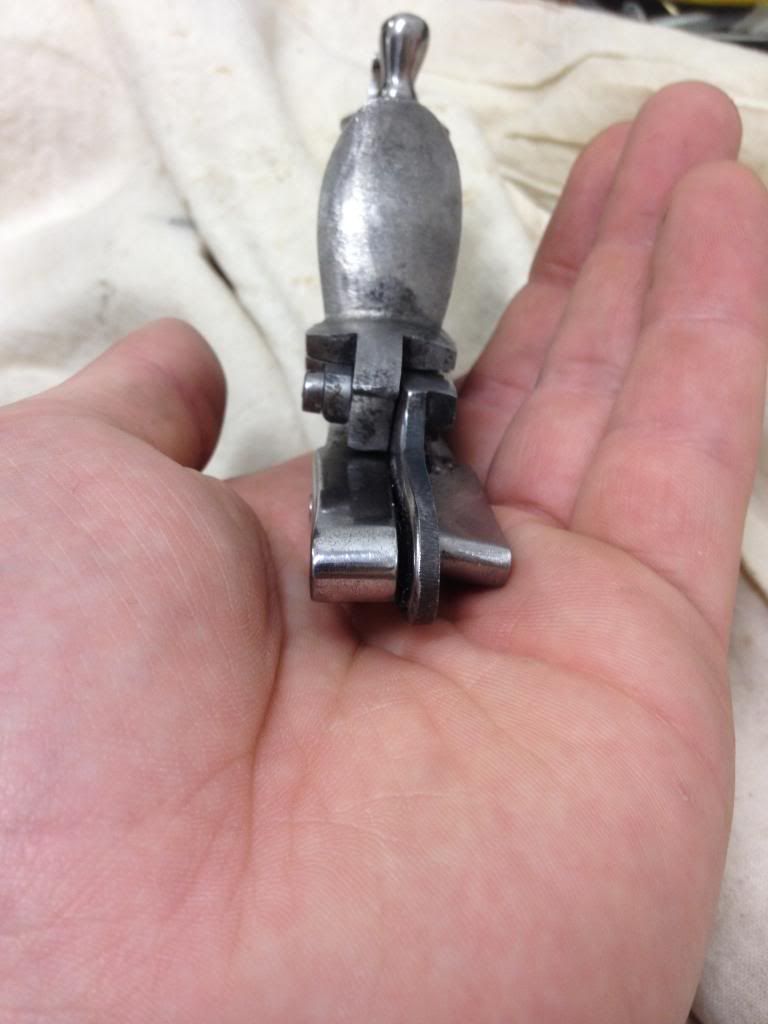Hello Chaps,
First visit to this forum, and I'm hoping you can lend some experience to me.
I have recently purchased a reproduction baker rifle to use in my re-enactment group (5/60th royal American rifles), but I'm experiencing a few problems:
1) each time I pull the trigger, bits of the flint and flying off and chipping away. I'm getting sparks for two or three hits but then nothing after
2) the frizzen feels slightly stiff and the face of it is getting scratched and blurred each time the flint hits it.
I'm using top quality flints, and have used flints from various suppliers but still experience the same problems no matter what flints I use. The rifle is brand new, but I'm not receiving any support from the supplier, which hasn't helped things.
Any feedback or advice is warmly welcomed, and I hope you can put smile on a slightly cranky englishmans face!
Thanks
First visit to this forum, and I'm hoping you can lend some experience to me.
I have recently purchased a reproduction baker rifle to use in my re-enactment group (5/60th royal American rifles), but I'm experiencing a few problems:
1) each time I pull the trigger, bits of the flint and flying off and chipping away. I'm getting sparks for two or three hits but then nothing after
2) the frizzen feels slightly stiff and the face of it is getting scratched and blurred each time the flint hits it.
I'm using top quality flints, and have used flints from various suppliers but still experience the same problems no matter what flints I use. The rifle is brand new, but I'm not receiving any support from the supplier, which hasn't helped things.
Any feedback or advice is warmly welcomed, and I hope you can put smile on a slightly cranky englishmans face!
Thanks





